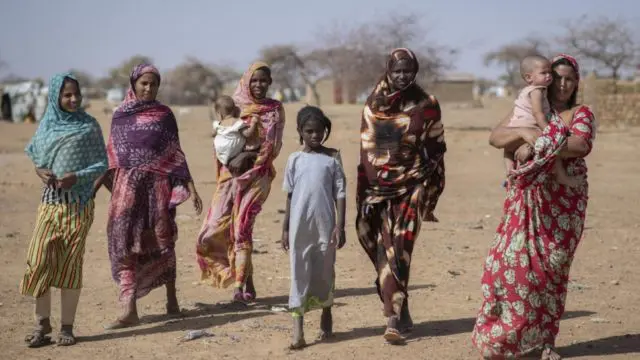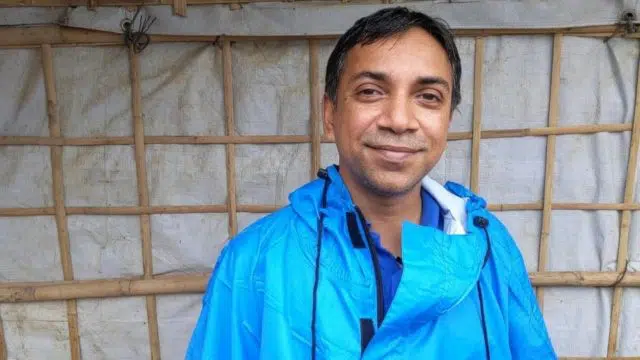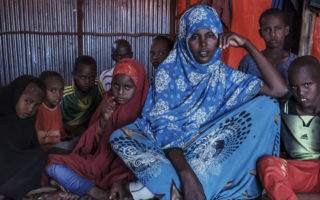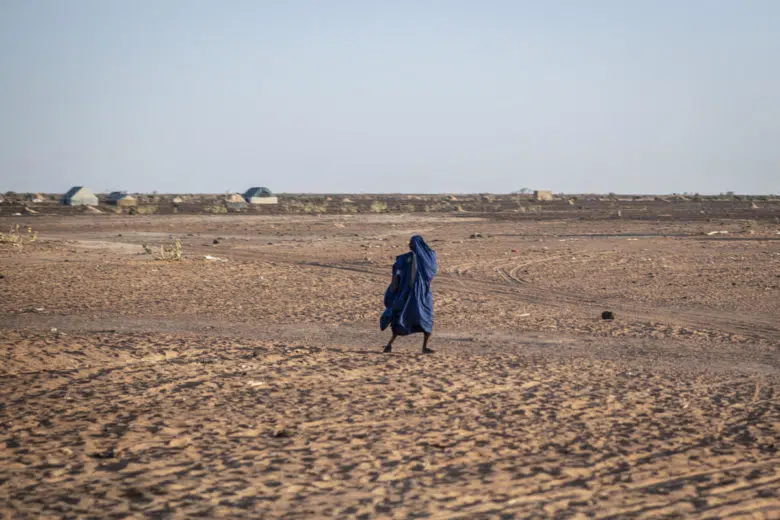
A Burkinabe man walks across the arid land near Kaya, Burkina Faso. In the Sahel, a vast region spanning several
West African countries, approximately 80 percent of the farmland has been degraded due to global warming. © UNHCR/Sylvain Cherkaoui
For more than seven decades, UNHCR has been providing aid and protection to people who have been displaced from their homes due to war, conflict and persecution. Now, there is another devastating threat driving displacement and uprooting the lives of millions in the Sahel, Central America, the Horn of Africa, South Asia and the Middle East: climate change.
Some of the world’s most vulnerable are disproportionately affected by the impacts of global warming — and the numbers tell a striking story.
With the progression of rapid global warming, extreme weather events such as torrential rainfall, drought, heatwaves and tropical storms are becoming increasingly unpredictable, intense and frequent. As a result, there is increased risk of additional hazards including floods, landslides, erosion, wildfires and desertification. At the same time, the rise of sea levels is bringing increased coastal flooding, erosion, soil salinization and the threat of permanent inundation in low-lying areas. Millions of forcibly displaced people are living in climate “hotspots” where they typically lack the resources to adapt to an increasingly inhospitable environment.
Africa’s Sahel — which encompasses Burkina Faso, Chad, Mali, and Niger — is home to some of the world’s least developed countries. It is also the region of the world most impacted by climate change. Temperatures are rising 1 ½ times faster than the global average. Approximately 80 per cent of the Sahel’s farmland is degraded due to global warming. This results in increasing local competition for natural resources, in particular for food and water. It is one of the direct root causes of the conflict in the region.
At the UN Climate Change Conference (COP26) held in Glasgow last fall, UNHCR called for increased action and support to avert, minimize, and address displacement, and for increased adaptation support, in particular for displaced and host communities.
“Displaced communities living in climate vulnerable hotspots face threats to their lives and livelihoods. Without sufficient help to adapt, the cycles of crisis and displacement will continue and worsen.” – Andrew Harper, UNHCR’s Special Advisor on Climate Action
- Approximately 90% of refugees under the mandate of UNHCR, and 70% of people internally displaced by conflict or violence are from countries that are among the most vulnerable to climate change.
- Weather-related events triggered an average of 21.5 million new displacements* each year over the past decade — this is more than twice as many displacements caused by conflict and violence
On the frontlines of the climate emergency
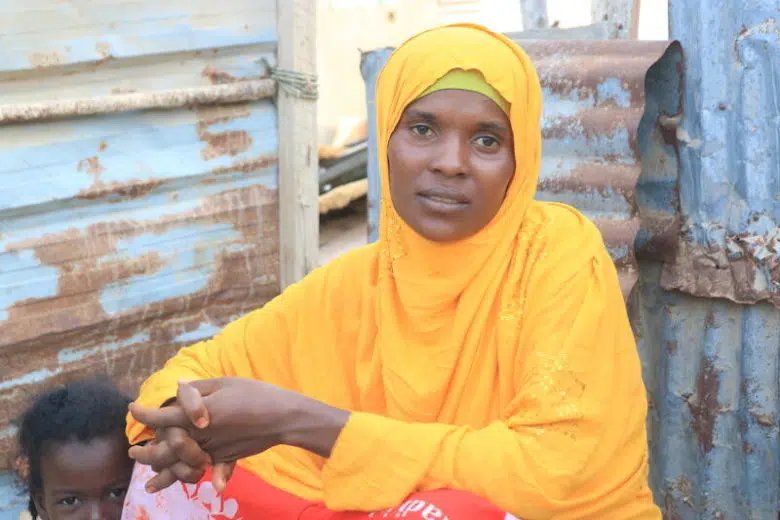
Ayan Muude Adawe, who fled from Ethiopia to Somalia to escape the drought, was evacuated after her shelter in the coastal town of Bossaso was destroyed by Cyclone Gati last November. © UNHCR/Omar Mustafe Mohamed
Ayan (pictured above) fled from Ethiopia to Somalia to escape the drought. Her life was upended once again after her shelter, in the coastal town of Bossaso, was destroyed by Cyclone Gati in November 2020. The tropical storm, which was the country’s strongest on record, brought two years of rainfall in just a few days. “I was never prepared for such a devastating storm,” said Ayan. “The floodwaters destroyed our shelter and washed away our belongings. We were evacuated the following morning.” Her four-month-old son sadly became ill and died the next day.
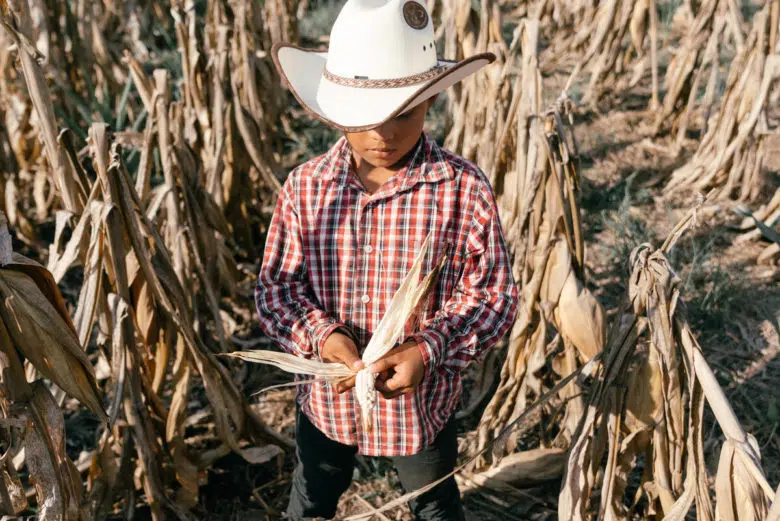
Subsistence farmer’s son Jonathan Gutiérrez, 10, peels a stunted corn cob after his family’s crop failed in the wake of the latest in a series of droughts in southern Guatemala. © UNHCR/Ruben Salgado Escudero
Ten-year-old Jonathan (pictured above) peels a stunted corn cob after his family’s crop failed in the wake of the latest in a series of droughts in southern Guatemala. Scientists say climate change is exacerbating drought conditions in this part of Central America. His father, Marco, a subsistence farmer, said droughts are forcing growing numbers of farmers off the land. “We don’t have anything here anymore, and that’s why people are leaving.”
Climate action: How refugees are supporting sustainable initiatives
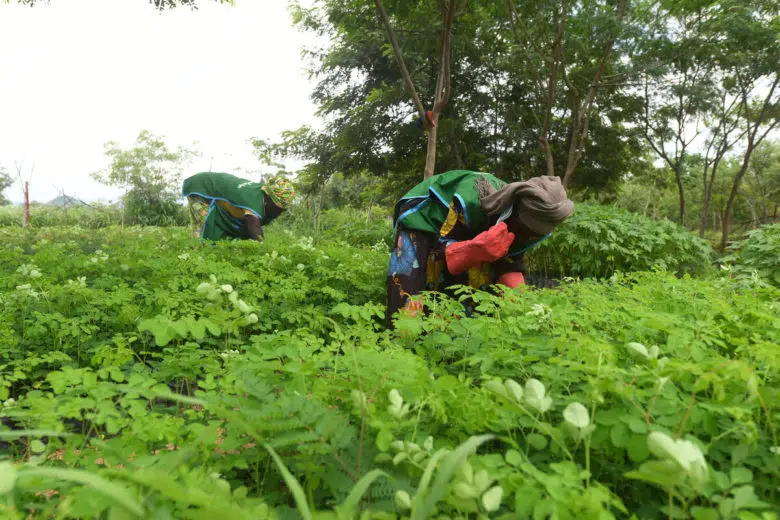
Nigerian refugees work in the tree nursery in Minawao camp, Cameroon, where young plants are cultivated before planting out in the camp. © UNHCR/Xavier Bourgois
The Minawao refugee camp in northeastern Cameroon hosts nearly 70,000 refugees who have fled violence in Nigeria. In a region badly affected by climate change, the population influx accelerated the desertification process.
“It is hard to describe the depth of the impact the disappearance of the forest has had on populations,” says Zara Maina, a field assistant with UNHCR. “Women were forced to walk far into the bush to fetch wood, exposing themselves to potential attacks.”
UNHCR and the Lutheran World Federation embarked on an ambitious reforestation project in the camp. Refugees and host communities have planted some 360,000 seedlings transforming the environment. It is part of the Great Green Wall, that aims to grow an 8,000-kilometre barrier to stop desertification of the Sahel.
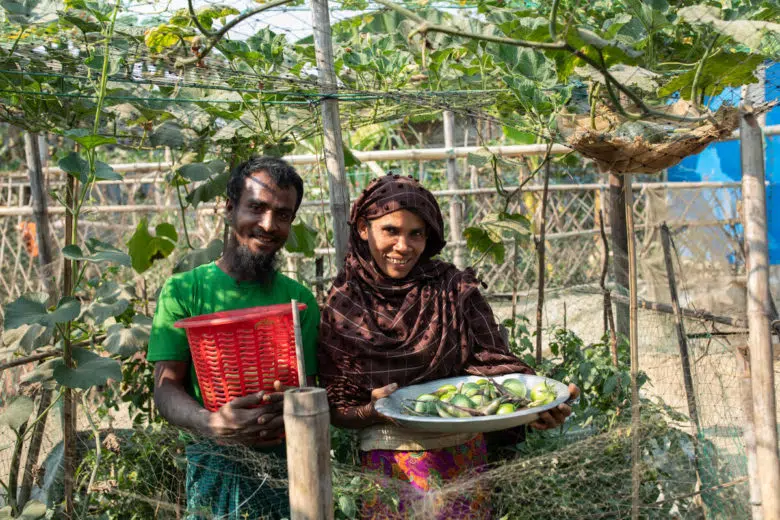
Kefayetullah, 25, his wife Fatima live in Kutupalong camp with their two children. They have received support to create a vertical garden and a vegetable patch beside their shelter.
© UNHCR/Kamrul Hasan
In 2017, the mass influx of 740,000 Rohingya refugees to Cox’s Bazar in Bangladesh had a huge effect on the natural environment – with trees and vegetation cut down to make shelters.
UNHCR has come up with innovative ways of re-greening the camps. With vertical gardening, refugees are using bamboo frames to turn the rooftops of their shelters into vegetable gardens, with a few thousand households receiving seeds, training and everything needed to get growing.
Fatima, her husband Kefayetullah and their two children have been living in Kutupalong camp for more than three years. Since the couple started rooftop gardening, they are producing more vegetables than they can eat – and are even able to sell some at a local market.
PLEASE DONATE TO HELP COMBAT THE CLIMATE CRISIS
Originally published by: UNHCR Canada 2 St. Clair Avenue West, Suite 802, Toronto, Ontario M4V 1L5.



